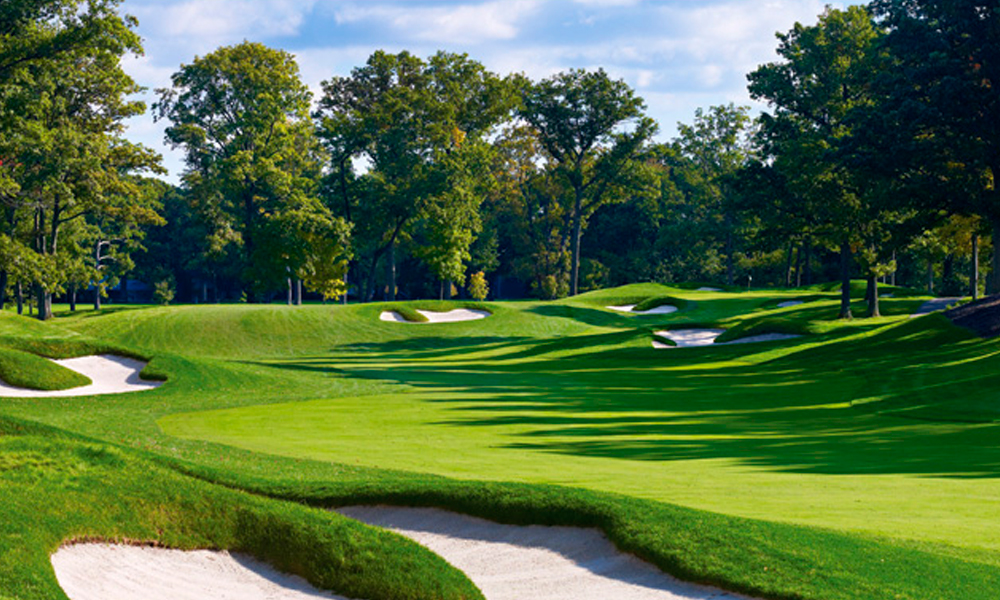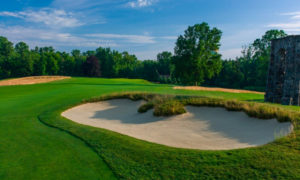Carrick Design looks at the challenging decision faced by historic clubs when looking to spice up their golf course; remodeling vs. restoration.
Carrick writes:
The wave of new golf course development that has occurred over the past decade throughout North America and in other parts of the world has no doubt encouraged many older, established golf clubs to undertake various renovation projects to stay current and competitive in the marketplace. However, many of these established clubs often struggle with the decision of whether to ‘renovate’ or to ‘restore.’
The term ‘restoration’, as it relates to golf courses, is often misunderstood. A true restoration would return a golf course to its original design when it was built.
This would mean returning the course to the original layout and yardage, complete with original green, tee and bunker locations.
A true restoration is, in most cases, impractical due to the pressure that advances in modern equipment have placed on the game. However, a sympathetic restoration can meet the demands of today’s golfer, while retaining the original design character and spirit of the course.
Not every old golf course is worthy of a restoration. Some older golf courses may have fundamental flaws in the layout, serious safety issues to address, or they may lack a distinctive design character. Often, what is required is a comprehensive masterplan for improvements that will help to re-establish a cohesive design style and character to the golf course.
Design features such as mounds, free form tees, large sprawling bunkers or overly contoured fairways and greens may look out of place on an older, classically-styled golf course. Similarly, newly constructed greens, tees, bunkers and fairways should be designed in a scale comparable to the original features of the golf course, in order for them to look like they belong there.
Two of the greatest assets that most old golf courses have, that many newer courses lack, are maturity and charm. Large mature trees, small subtly contoured greens, intricate bunkering and the rich colour and texture of mature poa annua turf are what give many older golf courses their character.
All features on a golf course can deteriorate over time from the wear and tear created through years of regular play and ongoing maintenance. The two features that seem to show signs of wear most quickly are tees and bunkers. It is not unusual for these features to require restoration every ten years or so. However, the restoration or addition of new tees and bunkers can often provide the most perceived value in terms of improving playing characteristics and the aesthetic character of an older golf course.























